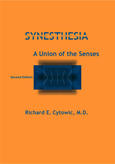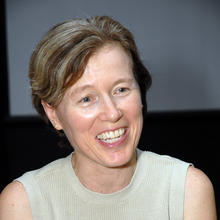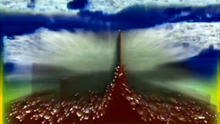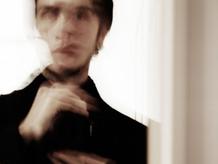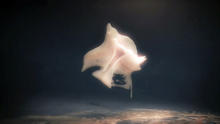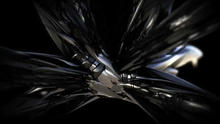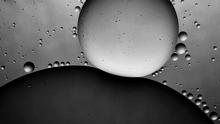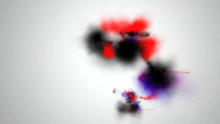Aquarelles
(1980)- Abstract video art created by Tom DeWitt, Vibeke Sorensen and Dean Winkler. Music by Vibeke Sorensen.
Recursion is a process that returns one calculation back into the next. The method was exploited in three exercises, 1. Aquarelles, 2. Koan and 3. Amulet. The process of recursion was differently applied so that Aquarelles examples motion water color effects, Koan has a pallette knife in oil feeling, and Amulet is in the Art Deco style. The three pieces were recorded on videotape by the production group, WTV (Winkler, Tom and Vibeke).
Source: Thomas Ditto CV
